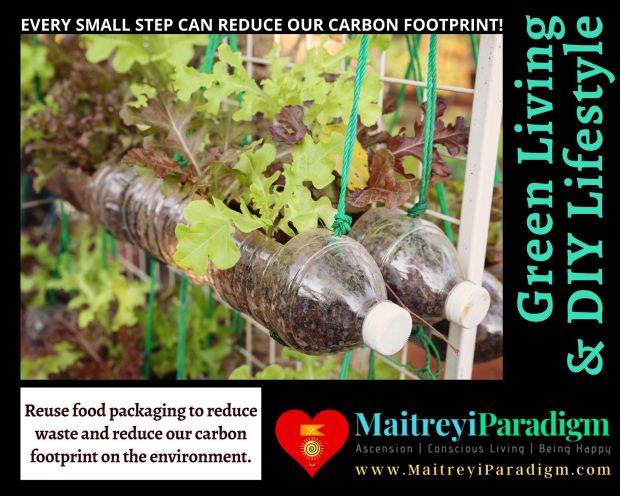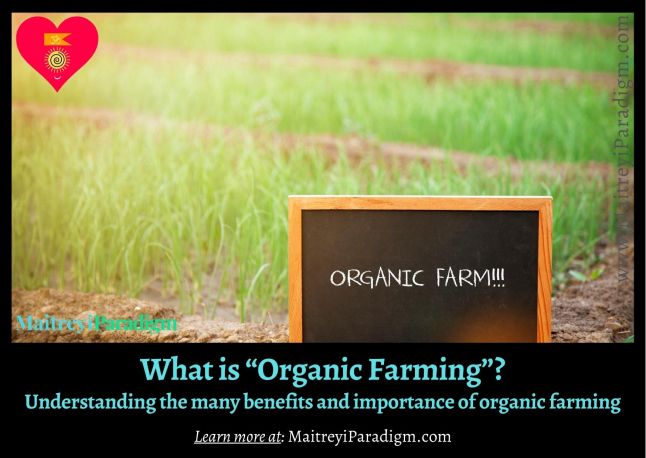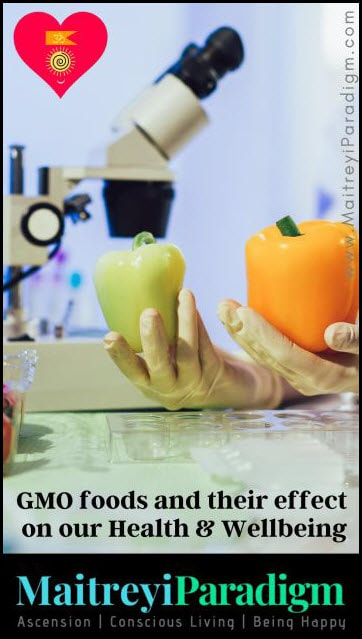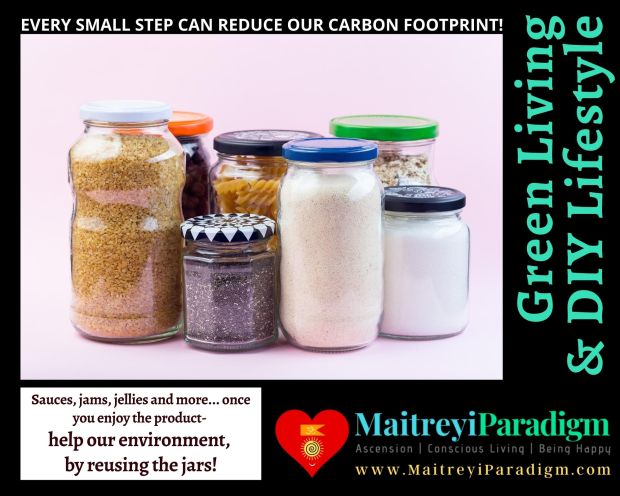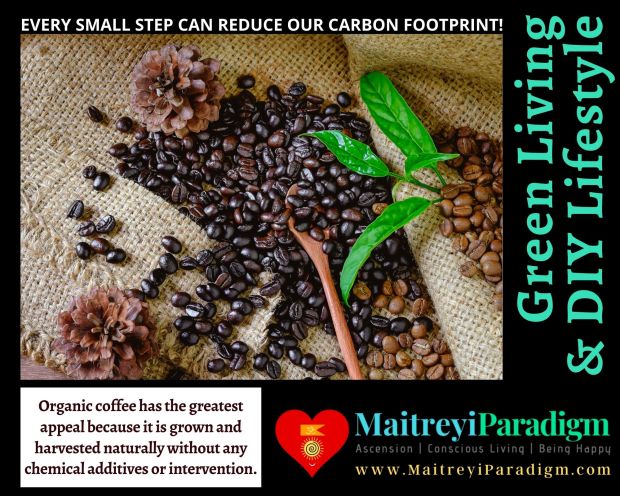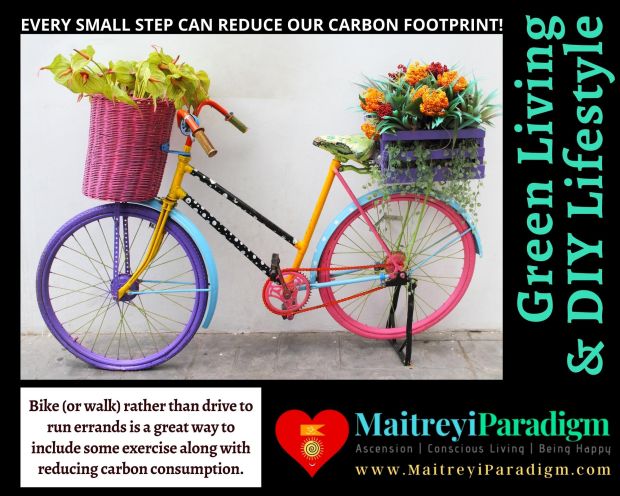| As we face the undeniable reality of environmental challenges, adopting green living principles has become more important than ever. Green living is a conscious lifestyle choice that emphasizes sustainability, reduced consumption, and a harmonious relationship with our planet. It is time for each of us to take responsibility and embark on the rewarding journey of green living. Let us look at five simple ways in which we can do it:- | |
1. Reducing Our Environmental Footprint
When we make eco-friendly choices, such as using energy-efficient appliances, recycling and reducing waste and so on... we can significantly decrease our impact on the environment.
As we embrace these practices, we contribute to the preservation of natural resources, the reduction of pollution, and the overall health of our planet.
2. Enhancing Our Health and Well-being
Furthermore, adopting green living principles often encourages physical activity, such as walking or biking, which contributes to improved mental and physical health.
3. Saving Money and Resources
In addition, investing in durable, eco-friendly products may have higher upfront costs but typically results in long-term savings due to their extended lifespan and reduced need for replacement.
4. Fostering a Sense of Community
As we engage in eco-friendly initiatives, we're likely to encounter like-minded individuals who share our passion for sustainability.
Whether it is joining a community garden or participating in local environmental projects, green living can bring people together for a common cause, creating lasting bonds and fostering a supportive network.
5. Inspiring Future Generations
As they witness our commitment to preserving the planet, they will be more likely to adopt green living principles themselves, ensuring a lasting impact and a brighter future for all.


